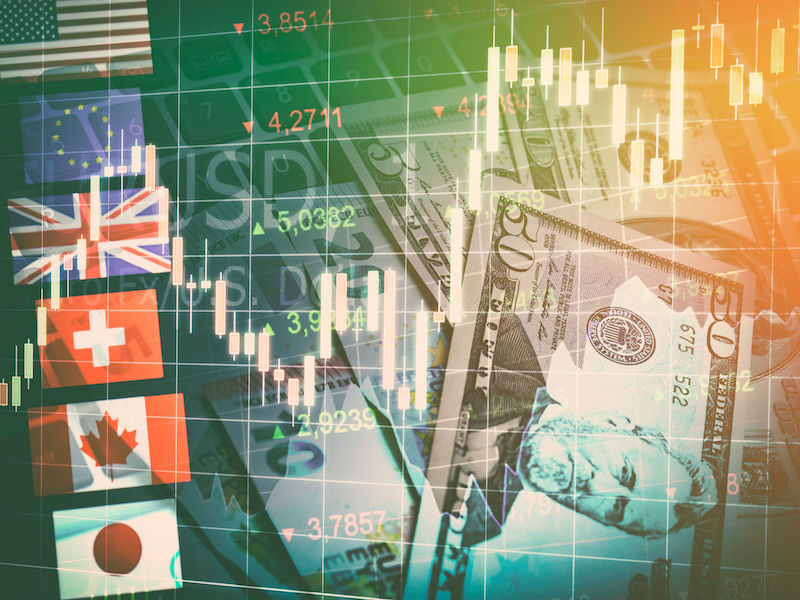
US equities have dominated their global peers over the past decade. As of 30 June, the S&P 500 had returned 14.5 per cent per annum since hitting bottom during the global financial crisis in March 2009 compared to only 7.6 per cent for the MSCI All-Country World ex-USA Index. The outperformance of US shares isn’t exactly breaking news, but a performance gap of this magnitude is staggering when compounded over more than a decade. It’s the difference between a cumulative gain of 3.6 times initial capital invested in the US versus a factor of just 1.3 outside of the US.
Part of the difference can be explained by superior fundamentals. For example, S&P 500 constituents have generated an average return on equity of 19 per cent and long-term revenue growth of 10 per cent per annum over the past ten years versus just 14 per cent and six per cent, respectively, for shares in the ACWI ex-USA index. In particular, the likes of Facebook, Amazon, Netflix, Google, Apple and Microsoft have delivered spectacular growth in revenue and earnings along with high returns on invested capital. These businesses have no true peers outside of the US, with the possible exception of a few technology leaders in Asia.
But fundamentals are only part of the equation. Even the best companies can turn out to be lousy investments if the price you pay is too high. It’s debateable whether the “FANGAM” stocks fit this description. Some of them are arguably still attractive. But looking at US shares more broadly, there are clear signs of prices becoming detached from company fundamentals.
Take software-as-a-service providers such as Atlassian, Coupa Software, and Okta. These companies offer both rapid growth and the stability of recurring income streams—an irresistible combination in highly uncertain times. But with each trading at more than 29 times current revenues, the shares are priced for perfection. And they are not alone. Indeed, as of the end of June, 37 stocks in the S&P 500 traded for more than 10 times revenue. This figure was just 12 in early 2016 and has not been this high since the absolute peak of the tech bubble in the late 1990s.
At today’s valuations, the US market looks significantly more expensive than the rest of the world. To put this in historical perspective, we can draw on analysis dating back to 1871 from Yale University professor and Nobel laureate, Robert Shiller. His work shows that, on average, the US market has delivered 10-year annualized real returns of less than two per cent when starting from a cyclically adjusted price-to-earnings, or CAPE, multiple between 28 to 35. The CAPE ratio for the US market today is 30.
Again, the valuations of certain technology leaders may not be overblown relative to the overwhelming growth and potential profitability of their winner-take-all business models. But overall, it is fair to say that the odds are heavily stacked against the broader US market repeating its performance over the next decade. When compared to markets in other parts of the world, it becomes clear that investors should be broadening their horizons when looking for new opportunities.
Emerging markets, for example, trade at just 12 times cyclically adjusted earnings—near their lowest levels based on data going back nearly 25 years. While this is no guarantee of success, it bodes well for bottom-up investors. What’s most exciting is that one can find compelling investment opportunities outside the US that offer the best of both worlds: high-quality fundamentals and reasonable valuations.
Several notable examples stand out among technology companies in China. Alibaba—the e-commerce giant—has much in common with Amazon, yet it is growing faster and trades at around half Amazon’s valuation. It is also well ahead of its competitors in a number of new businesses, such as cloud computing, which offer tremendous upside. A perhaps lesser-known example is NetEase, China’s second-largest online game company (behind Tencent, yet another attractive internet business in China). NetEase has grown operating profits by more than 20 per cent per year for the last decade. It has a pristine balance sheet and its founder and CEO owns 45 per cent of the company, yet shares trade at a meaningful discount to gaming peers in the US.
At least some of these discounts can be attributable to concerns related to corporate governance or geopolitics—especially in light of rapidly deteriorating US-China relations—but at current valuations, these risks appear to be more than priced in. There are also some mitigating factors for certain risks. For instance, both Alibaba and NetEase have dual listings in Hong Kong, which reduces the potential risk of a forced de-listing in the US.
While Chinese tech companies are just one example, they illustrate the types of opportunities on offer abroad at a time when the US market appears dangerously expensive.
Chris Horwood is an investment counsellor at Orbis Investments. These views are those of the author and not necessarily those of the Canadian Investment Review.
